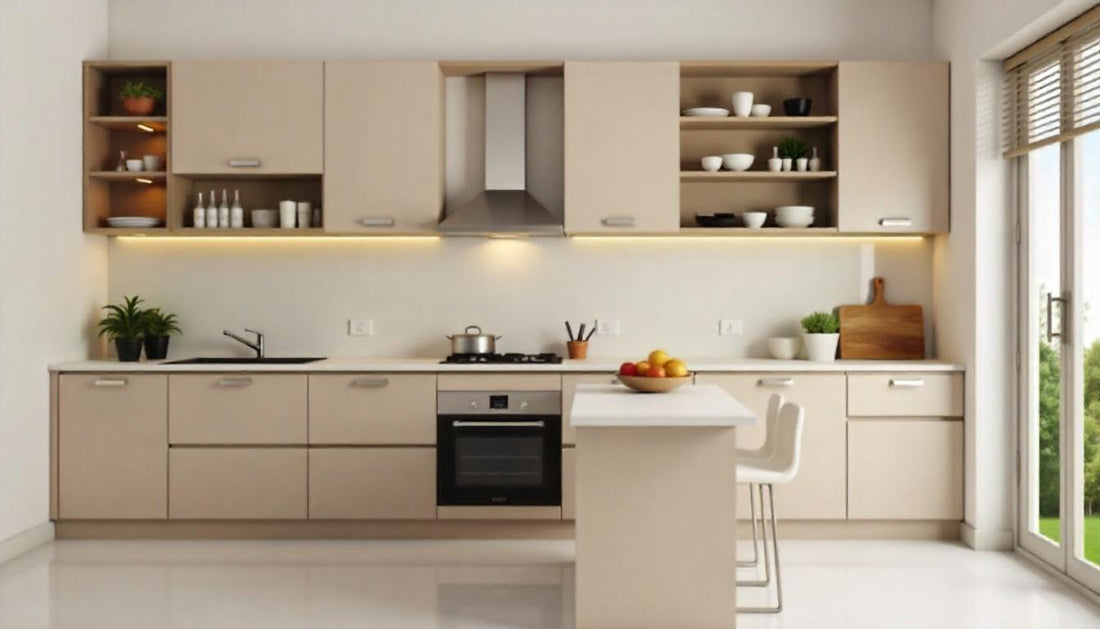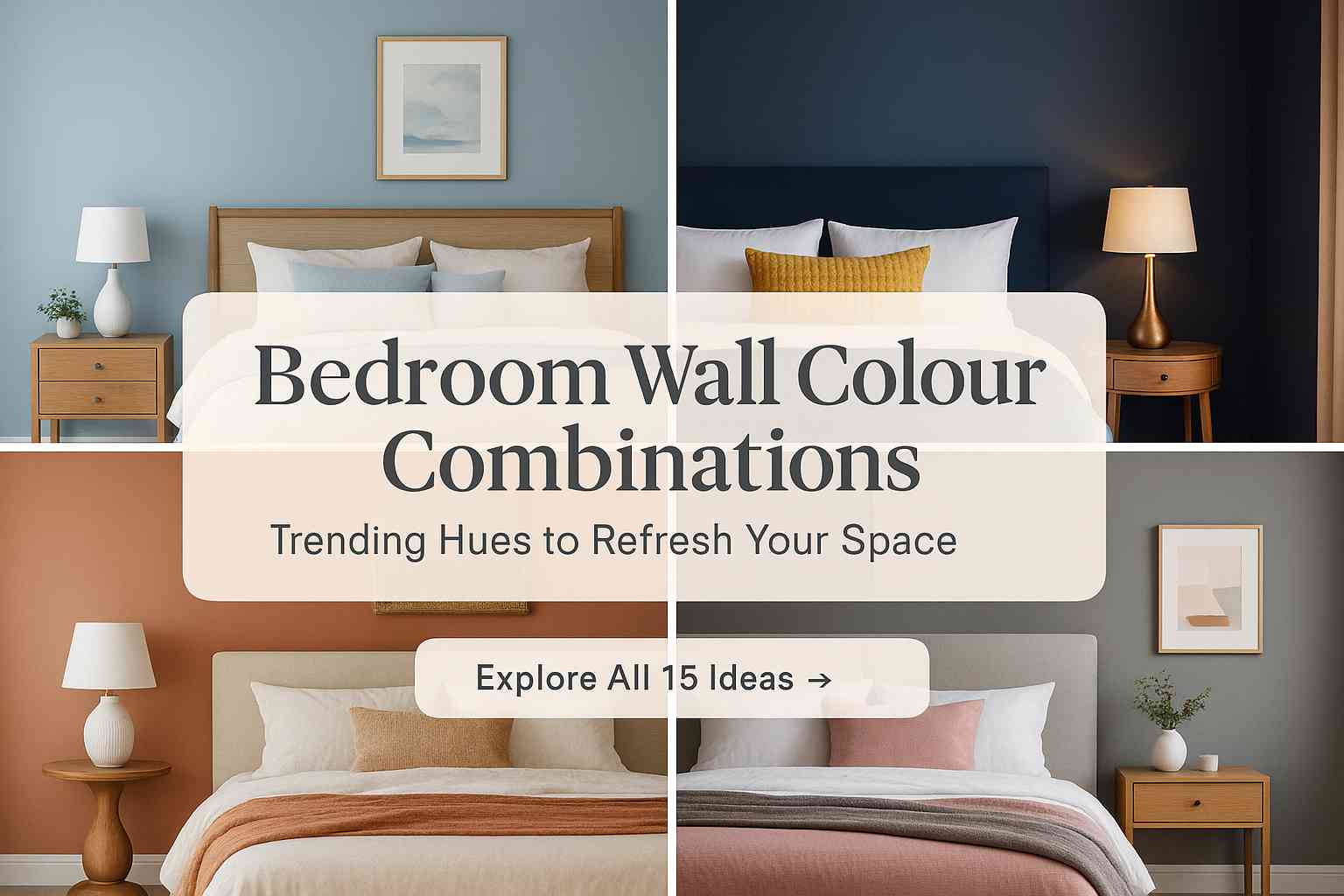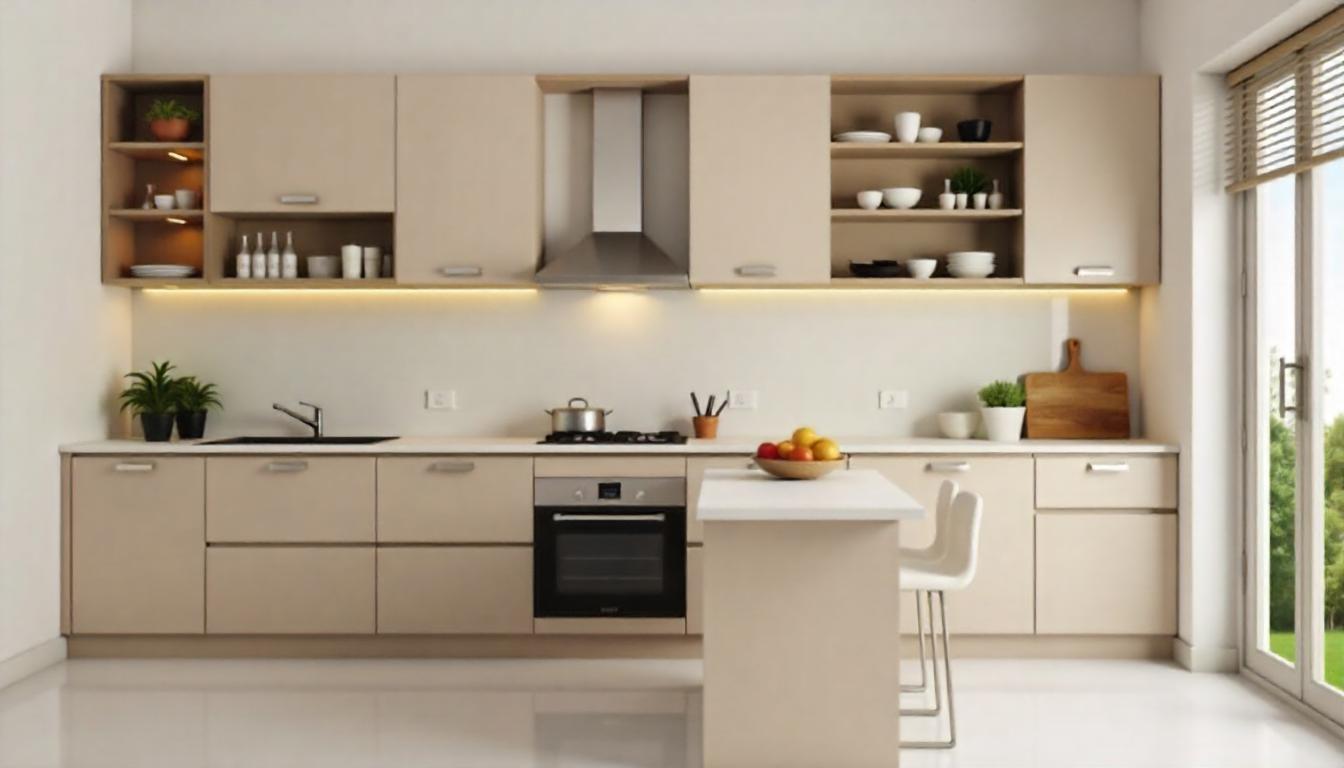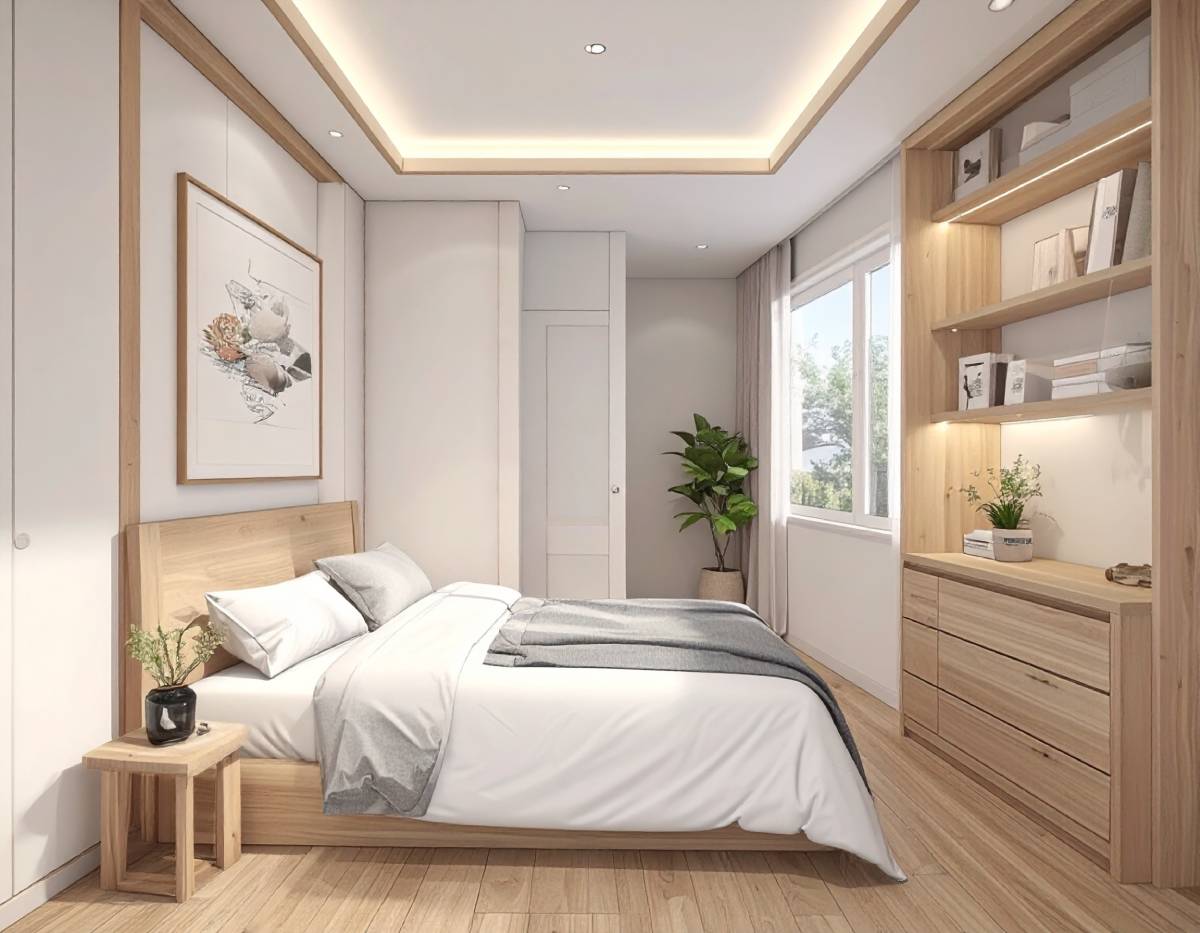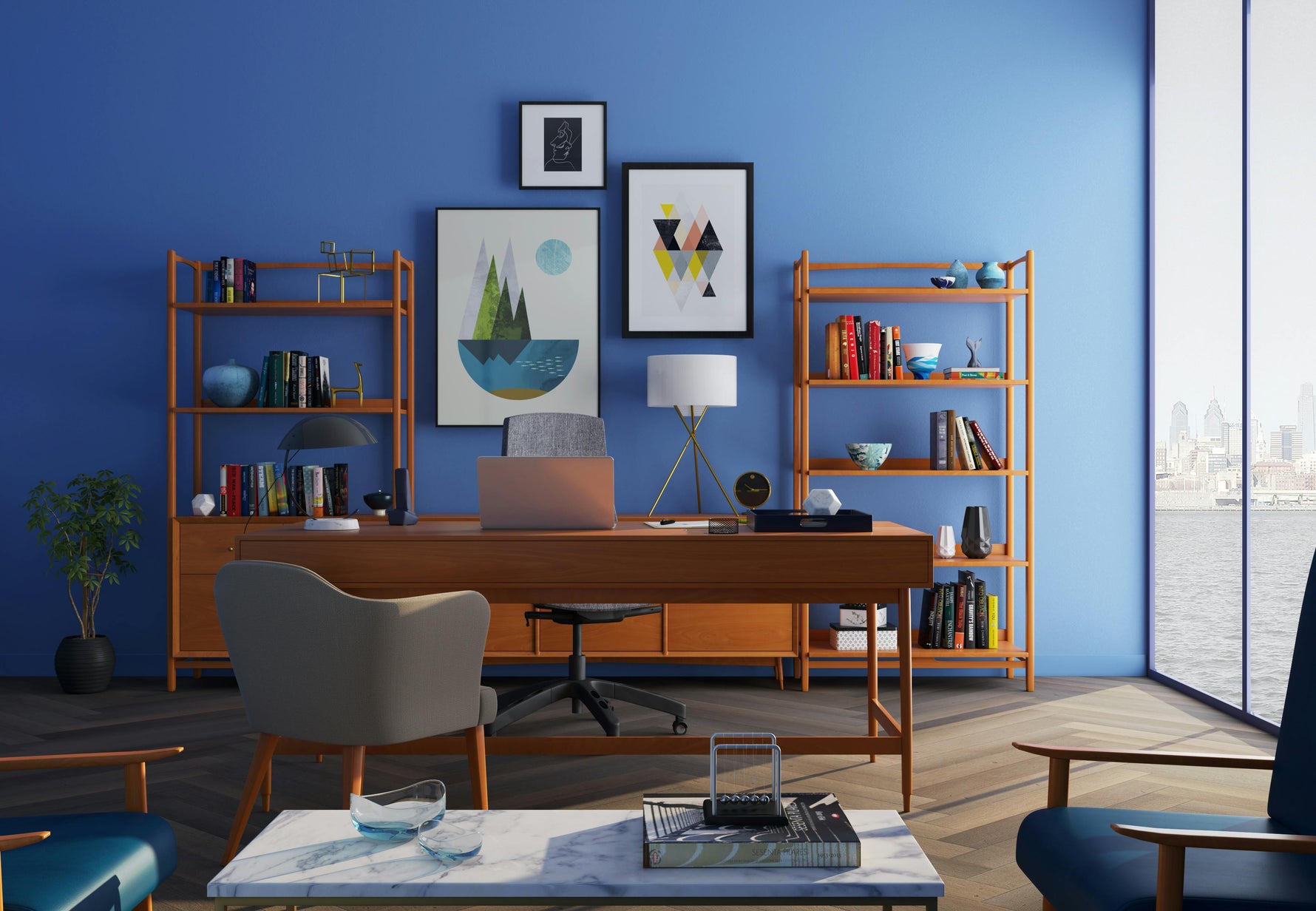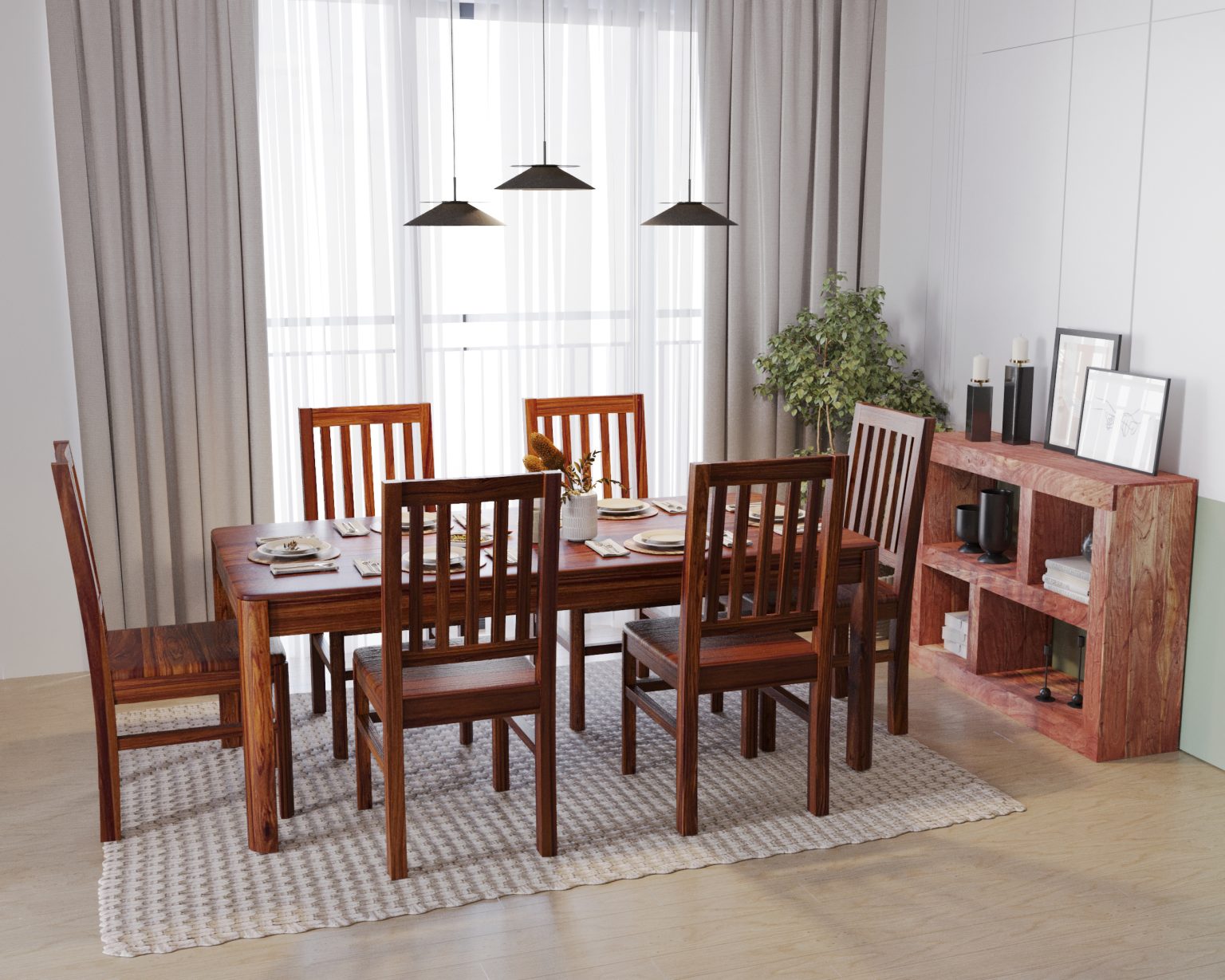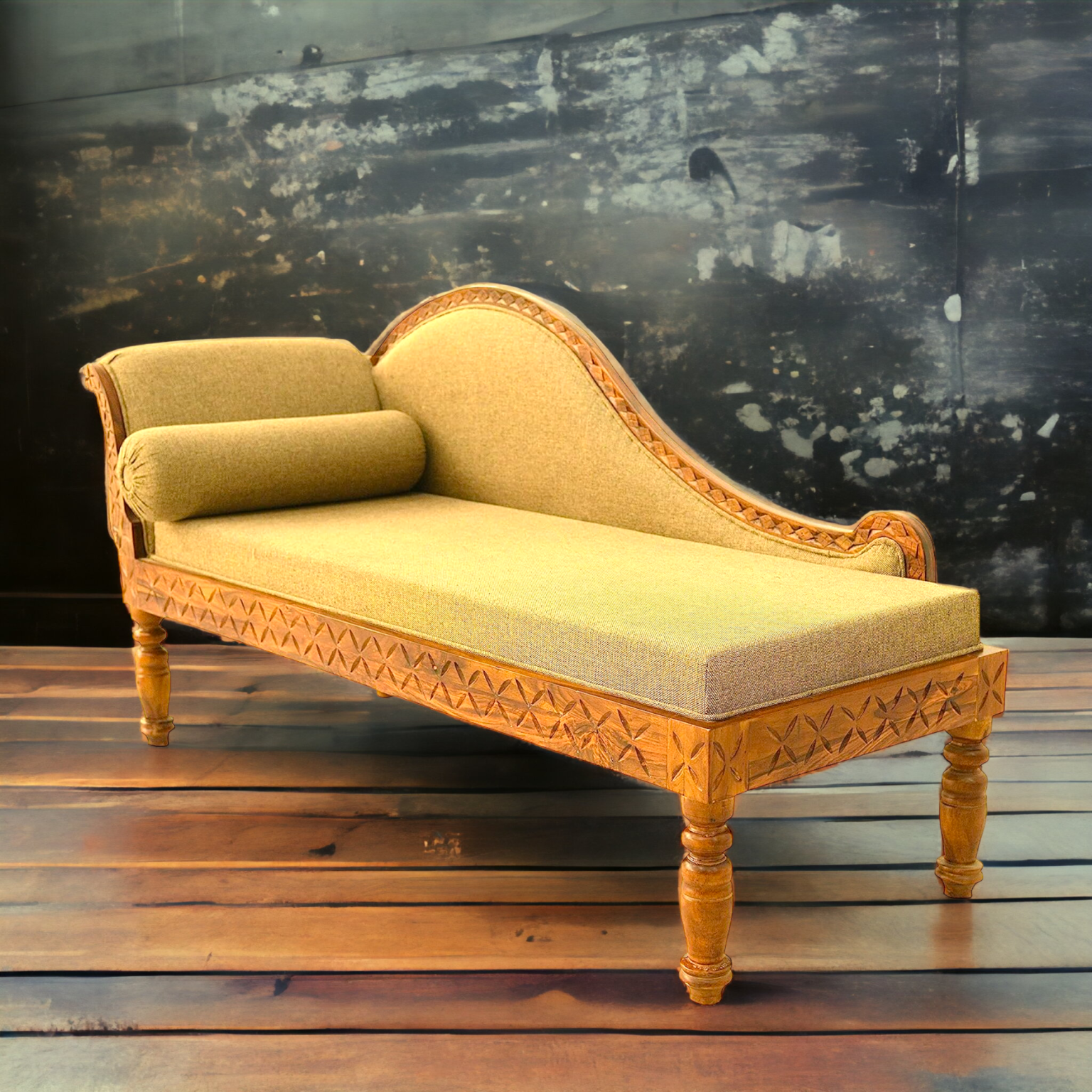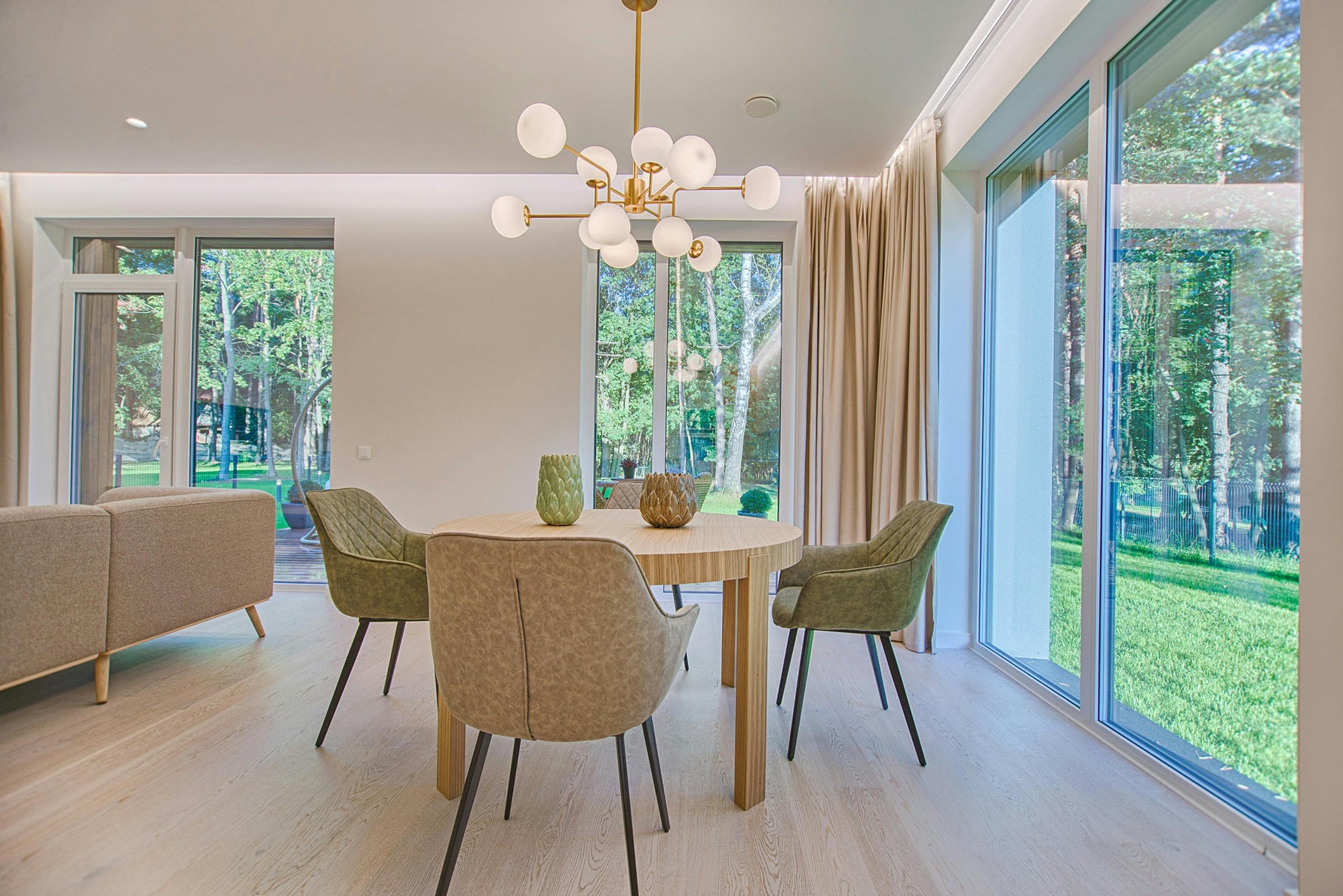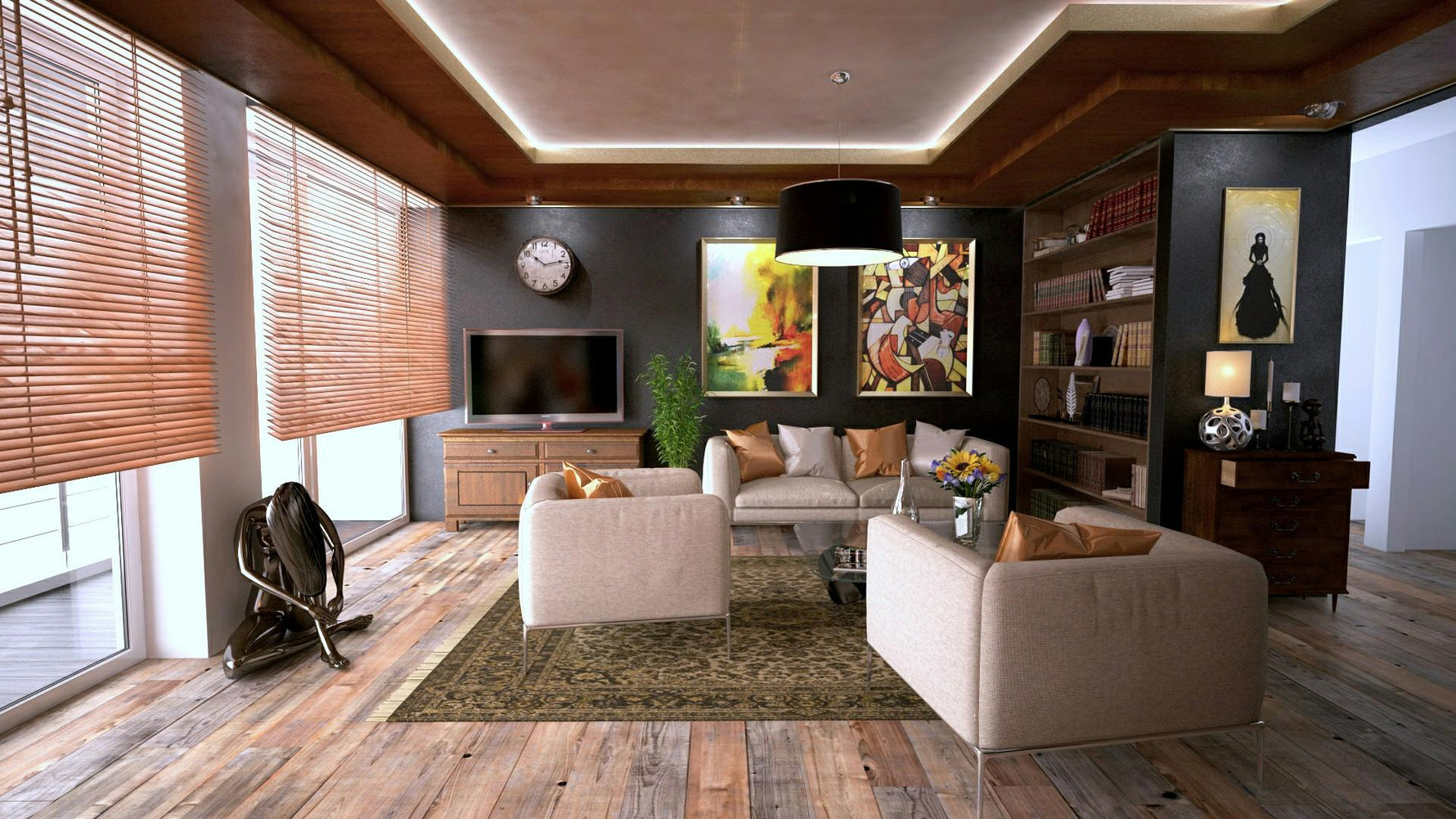With cities growing taller and homes becoming smaller, the way we design our living spaces is evolving swiftly. Small modular kitchens are leading the way in development in 2025, combining compact appeal with smart capabilities into one great solution. Whether urban professionals renting a compact loft, or design-conscious families embracing minimalist living, modular kitchens are completely changing the way we live today.
What is driving this change? Its a mix of urbanization, land scarcity, eco-awareness, and smart technology. As smart homes become standardized and consumers value functionality over flamboyance, modular kitchens have evolved into futuristic designs that combine form and function. As smart, modular kitchens become necessitated in our mind's eye (if you live in a smaller home), they are transitioning from luxury to need.
What is a Modular Kitchen — and Why It Works for Small Spaces
A modular kitchen is a kitchen design made of pre-fabricated kitchen units ("modules") that fit together perfectly for design, style, and maximum workspace efficiency. There are modular kitchens with cabinetry, countertops, shelving, and appliances all together; and there are modular kitchens that include, cabinetry, countertops, shelving, and appliances along with compartments or elements that are separate.
Why are modular kitchens considered ideal for small home designs?
Because they offer:
1. Custom-designed elements to fit small layouts
2. Flexible designs that fit into awkward and small spaces
3. Parts, components, and applied appliances that can be easily upgraded or exchanged
4. Cleared aesthetics, much better visual space, and all-around comfort.
In fact, modern modular kitchens are made for urban-living apartments, tiny homes, and studios — they are the perfect solution for modern city dwellers!
Top Small Modular Kitchen Design Trends for 2025
1. Space-Saving Cabinetry Innovations
As homes shrink, cabinets are getting smarter.
Trend Highlights:
- Vertical pull-out pantries for narrow gaps
- Overhead hanging racks that maximize unused wall space
- Pocket doors that slide into cabinetry instead of swinging out
Why It’s Trending: These features make every inch count without compromising on accessibility or style.
Designer Tip: Use hydraulic hinges and telescopic channels to ensure smooth, space-efficient motion.
Cost Factor: Moderate to high depending on mechanisms and finish.
2. Multi-Functional & Convertible Elements
Today’s kitchens are multitaskers — just like their owners.
Examples:
- Foldable breakfast tables that disappear into cabinetry
- Pull-out countertops for extra prep space
- Convertible islands that double as dining tables or workstations
Why It’s Trending: Compact living demands versatility. These smart innovations make small kitchens feel more expansive and dynamic.
Furniture Maker Tip: Focus on lightweight yet durable materials like engineered wood and aluminum composite panels.
Cost Factor: Mid-range, depending on materials and fittings.
3. Smart Storage Solutions with AI Optimization
Artificial intelligence is changing storage.
-
Features:
AI-powered pantry organization with tracking
Smart drawers which auto close and resize
App-enabled shelving which changes height and width
Why it’s Trending: Tech-enabled homeowners like this- who likes to guess? This features save time.
Pro Tip: Team up with smart tech companies or partner with open systems like Google Home or Alexa.
Cost- Factor: This has a high initial investment, however the convenience and tech appeal finance suicide is worth the cost.
4. Trending Finishes: From Matte Black to Pastel Laminates
2025 is all about bold yet clean finishes.
Popular Finishes:
- Matte black for a modern luxe look
- Concrete or terrazzo textures for an industrial-chic vibe
- Soft pastels like mint green or blush pink for cozy urban kitchens
Why It’s Trending: Homeowners are looking to personalize small kitchens without overwhelming the space.
Designer Insight: Pair bold textures with neutral walls to avoid visual clutter.
Cost Factor: Depends on finish quality; budget-friendly laminates now mimic high-end materials.
5. Eco-Friendly & Recycled Materials
Sustainable Elements:
- Bamboo or reclaimed wood cabinetry
- Recycled glass or composite countertops
- VOC-free laminates and paints
Why It’s Trending: Climate-conscious consumers want their homes to reflect their values.
Furniture Brand Tip: Market your eco-range as not only environmentally responsible but also stylish and durable.
Cost Factor: Slightly higher, but many eco-materials are now competitively priced.
6. Integrated Lighting Solutions
Lighting is not just functional — it’s an experience.
Trends to Watch:
- Under-cabinet strip lights with dimmers
- Sensor-based lighting in drawers and shelves
- LED-integrated backsplash panels
Why It’s Trending: Good lighting enhances mood, improves visibility, and makes a small kitchen feel larger.
Tip for Designers: Use warm-to-neutral tones to create a cozy, high-end ambiance.
Cost Factor: Affordable with modular LED solutions.
7. Touchless & Smart Appliance Integration
Say goodbye to fingerprints and hello to automation.
Features:
- Touchless faucets and motion sensor bins
- WiFi-enabled ovens and dishwashers
- Appliances synced with smart kitchen dashboards
Why It’s Trending: Hygiene, ease of use, and futuristic appeal are top motivators.
Design Note: Create appliance panels that blend seamlessly with cabinetry for a cohesive look.
Cost Factor: High-end, but brands are offering budget-smart models too.
8. Open Shelving Blended with Closed Cabinets
A hybrid approach to storage and display.
What’s In:
- Mixed layouts with open shelves for decor and closed cabinets for storage
- Floating shelves with hidden brackets
Why It’s Trending: Open shelves add airiness; closed cabinets hide clutter — the perfect balance.
Designer Tip: Limit open shelving to 20–30% to avoid a messy look.
Cost Factor: Generally low, depending on materials.
9. Japandi & Scandinavian Influences
Minimalism meets warmth.
Design Notes:
- Clean lines, natural textures, and neutral palettes
- Minimal ornamentation with maximum functionality
Why It’s Trending: These styles promote calmness, which is crucial in tight urban homes.
Furniture Maker Tip: Focus on light woods, fluted textures, and soft matte finishes.
Cost Factor: Mid-range, depending on material sourcing.
10. Minimalist Design
Clutter-Free Spaces in Modular Kitchen Design
In modular kitchen design, clutter-free spaces are important for creating comfortable working areas and ways of cooking and enjoying food. Taking advantage of smart storage methods like pull-out drawers and vertical cabinets reduces clutter on countertops, improves the efficiency of workflow in the kitchen, and means we don't have to look at a cluttered environment that can diminish our enjoyment of cooking and food preparation!
Essential Elements in Pop Design Photo
Scale down to just the essentials, and keep your countertops clear. The result is a cleaner appearance and an organized look. This will be reflected in your pop of design for both the hall and other areas in your home.
Personal Touches
Adding Personality in Mandir Design
Houses of worship can be designed that also become personal for the homeowner. A mandir is not a space designated to religious observance alone, but becomes a sacred space that represents the beliefs of the homeowner and the culture of their ancestral line that they want to maintain. When a homeowner engages in adding their personal touches, such as artwork, making use of traditional elements, and meaningful spiritual symbols, it will help to create a strong spiritual atmosphere. You can also consider adding decorative pieces and thoughtful lighting to create uniqueness and those personal touches to your mandir for the experience of decorating a mandir to become sacred and a special place for prayer and contemplation.
Cultural Elements in Indian Main Door Designs
You may want to consider integrating traditional Indian design elements, such as mandir design, or colorful tiles that demonstrate your heritage. You may also consider Indian main door designs that work with the kitchen design.
Conclusion
Creating a small modular kitchen in an Indian home requires careful planning, creativity, and a few smart design strategies to enhance home life. By employing the ten suggestions outlined above, you can create a functional, stylish, and effective kitchen that meets your family's needs. Remember that the key to successful small kitchen design is maximizing the use of space while making the right material choices, which, along with your unique personal touches that reflect your style, will help you achieve your desired design.

